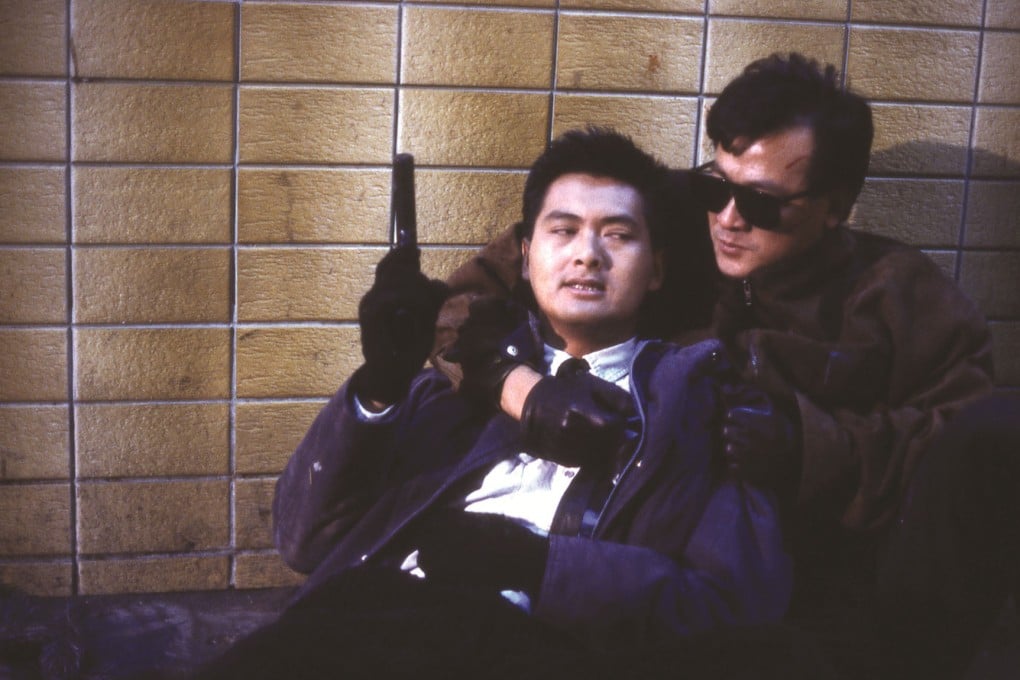The Hong Kong film Quentin Tarantino copied for Reservoir Dogs – Ringo Lam’s City on Fire, with Chow Yun-fat and Danny Lee, and its enduring influence
- Ringo Lam’s crime film, based on a 1984 robbery and shoot-out, was the direct inspiration for Quentin Tarantino’s debut feature Reservoir Dogs
- Starring Chow Yun-fat as an undercover policeman and Danny Lee as a gangster, City on Fire was hugely influential, and a snapshot of Hong Kong in the 1980s

Ringo Lam Ling-tung’s 1987 crime film City on Fire is one of the most influential films in Hong Kong history.
The movie about triads and the police pursuing them, which stars Chow Yun-fat as an undercover cop who bonds with the gangster he is trailing (played by Danny Lee Sau-yin), all while trying to negotiate a troubled personal life, is a realistic riposte to the romanticised crime dramas of John Woo Yu-sum.
Shot on location, the film is also a snapshot of Hong Kong life in the 1980s.
The Post talked about City on Fire’s importance with film historian and novelist Grady Hendrix, during a break in the publicity tour for his book How to Sell A Haunted House.
How did Lam come to make City on Fire?
Lam had three romantic comedies under his belt when he got a chance to direct the fourth instalment of the goofy Aces Go Places franchise. It was a big hit, and production house Cinema City gave him permission to make anything he wanted – and what Lam wanted to make was a crime film. City on Fire was the result.